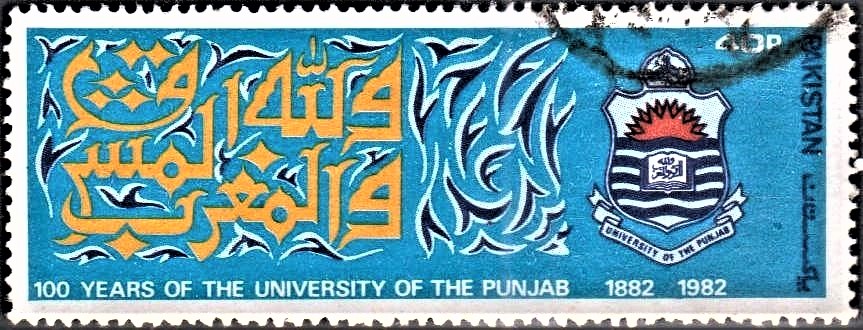
Punjab University, Lahore
A commemorative postage stamp on the 100 years of the University of the Punjab, Lahore (1882-1982) :
 Issued by Pakistan
Issued by Pakistan
Issued on Oct 14, 1982
Issued for : To commemorate hundred years of the University of the Punjab, Lahore, Pakistan Post Office is issuing a postage stamp of 40 Paisa value on 14th October, 1982.
Designer : Syed Tanwir Rizvi (Deptt. of Fine Arts, University of the Punjab)
Type : Stamp, Postal Used
Denomination : 40 Paisa
Colours : Dark blue, light blue, red and yellow ochre
Size of stamp : 72 x 27 mm
Size of print : 68 x 23 mm
Perforation : 13½ x 13C
Quantity : 500,000
No. of stamps in each sheet : 24 (With 12 vertical gutter margins depicting the emblem and different buildings of the University)
Process of printing : Litho Offset
Printers : The Pakistan Security Printing Corporation
About :
- The University of the Punjab has completed one hundred years of its inception in October, 1982. It is the oldest and the biggest University of Pakistan and was the fourth to be established in the sub-continent in the 19th century. Its well-established reputation and traditions enjoy national and international recognition. Other universities of British India were set up on the model of the London University, which was only an examining body and did not impart instructions. The University of the Punjab was the first institution of higher learning which offered teaching facilities from the day of its establishment. The University of the Punjab has greatly influenced the pattern and character of higher education in Pakistan. All other universities of the country have followed its academic and organizational precedents. Its history is in fact the history of the growth of education in Pakistan.
- Interestingly, the man who most enthusiastically campaigned for this University was an English orientalist, Dr. Leitner, who founded the Anjuman–i–Punjab in January, 1865 to promote oriental languages and literature. He made ceaseless efforts to mobilize public opinion for which he got the assistance of other influential people. He also made representations to the Governors and the Viceroys for the same purpose. Dr. Leitner succeeded in making the British Government realize the urgent need of establishing a new university in this part of the sub-continent. The Government of India was unwilling to open a new university immediately but agreed to establish the Punjab University College, which was set up on 8th December, 1869 and practically laid the foundations of the University. The College had the authority to grant Certificates and Sanads, but not Degrees. To the chagrin of the promoters of higher education in this region, a dual system of examinations persisted for quite some time. Every student had to take one examination of the Punjab University College to get a scholarship and another of the Calcutta University to obtain a degree. This irrational practice turned out to be unbearable for the students and its adverse effects could not be wiped out even with the adjustment of courses of reading and text books. However, it made the need of the University more acutely felt.
- At last the University of the Punjab was established on 14th October, 1882. As a result of a dedicated struggle for 17 years by influential people of the Punjab, it was established in Lahore in view of the great intellectual, cultural and literary traditions of that City. The University inherited the two institutions from the Punjab University College, namely, the Oriental College and the Law College. While the Law College conducted law courses, the Oriental College carried out teaching of oriental languages and literature, native medicine and general science. In the succeeding years these two institutions introduced higher degree courses. The Oriental College made provision for research, translations and publications.
- After the Indian Universities Act of 1904, the period of re-organization, expansion and construction of buildings started and the development of the University made rapid progress. The number of affiliated colleges also grew larger. The University was also an advisory body for the supervision of education at all levels in the areas extending from Delhi to Peshawar and from Kashmir to Bahawalpur.
- The University of the Punjab founded its third institution, the Hailey College of Commerce in 1927 to promote the education of Commerce and Trade. In view of the growing importance of Science the University established the Institute of Chemistry in 1922-23 with well-equipped laboratories and qualified staff. The number of affiliated colleges, for which the University prescribes courses of reading and conducts examinations, has now gone up to about 122.
- The University had set up the Departments of History, Botany, Zoology, Mathematics, Economics, Geography, Statistics and Astronomy in the pre-Independence period. However, after the creation of Pakistan when the educational and developmental needs expanded, new Departments of Geology, Applied Psychology, Physics, Solid State Physics and Pharmacy were opened, the Departments of Statistics, Chemical Engineering and Technology and Geology were elevated to the status of Institutes and the Department of Pharmacy to the status of a Faculty. Similarly, the Departments of Islamic Studies, Social Work, Sociology, English, Literary History of the Muslims of the Indo-Pakistan sub-continent, Public Administration, Business Administration, Library Science, Urdu Encyclopedia of Islam, Taleef-o-Tarjuma and Punjabi, were established in the post-independence period. In view of the importance of “Iqbal-Studies” a department of Iqbaliat has been set up recently. Centres for South Asian Studies and the Social Sciences Research have been established to undertake research in these important fields. More recently the Institutes of Molecular Biology and High Energy Physics have been established to promote research in these rapidly developing fields. The University has also made available facilities for the teaching of some European and Asian languages, such as German, French, Spanish, Russian, Hindi, Japanese, Chinese, Turkish etc.
- In the beginning the University of the Punjab had only one building, the Senate Hall, built in 1876, with the donation of the Nawab of Bahawalpur. The Law and the Oriental Colleges had been housed in rented buildings. The University Hall was constructed in 1905. Extensions were made to its building later to accommodate a number of departments. A site with a modest building was purchased in 1914 to accommodate the Law and Oriental Colleges. New buildings for the Law College was completed in 1922 and for the Oriental College in 1925. The present observatory was built in 1921, the building of the Institute of Chemistry in 1922-23 and the Hailey Hall in 1926. After the Punjab University Act of 1954, the needs of the Punjab University were examined and a decision was made to construct a ‘University Town’ outside the city of Lahore for the expanding educational needs.
- The plan of the ‘New Campus’ was approved in 1957 and the first building of the Institute of Education and Research was constructed. As new buildings were constructed, a number of Departments shifted to the New Campus. In the recent past, the Institute of Chemical Engineering and Technology, the Law College and the Hailey College have been shifted to their new spacious buildings. With the construction of new buildings the remaining Departments will be shifted to the New Campus.
- The University has one main library besides smaller Departmental libraries. It has a collection of about three hundred thousand books and more than five thousand rare and valuable manuscripts. To promote research, eighteen research journals are published by the University, which are internationally recognized.
- The number of students on rolls of the University is about 8000. External candidates, taking University examinations, are larger in number. There are 431 regular members of the academic staff and a number of distinguished scholars also participate in teaching on a part-time basis. Being such a huge organization, the University has 2480 employees of all cadres.
- In its early phase, the University of the Punjab exercised jurisdiction over vast areas from Delhi to the remote western and southern parts of Pakistan. With the passage of time new universities were opened to lighten pressure on the University of the Punjab. The University of Delhi was established in 1922 in the pre-independence period, and after the creation of Pakistan, other universities at Lahore, Faisalabad, Peshawar, Multan, Bahawalpur, Dera Ismail Khan, Islamabad, Karachi, Hyderabad and Quetta were set up.
- The remarkable role of the Punjab University in the expansion of education in Pakistan can be appreciated from the fact that the new universities have adopted its academic traditions and administrative pattern, which gives it the status of a venerated pioneer in the field of education in Pakistan.
- Issued by: The Director General, Pakistan Post Office, Karachi.


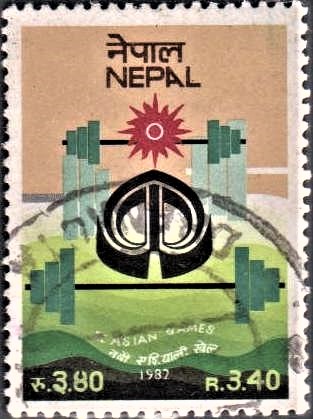
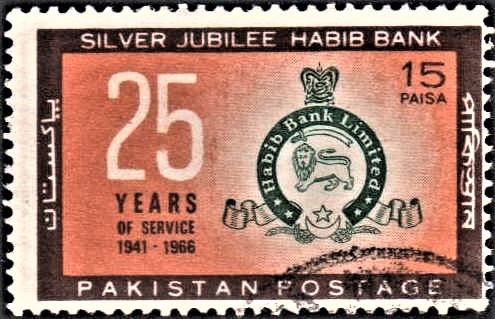
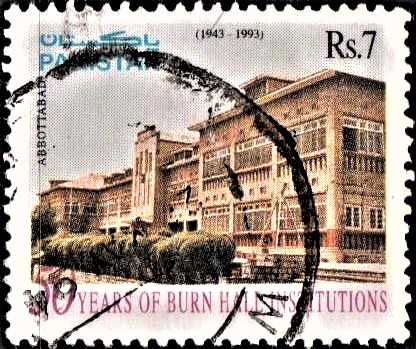
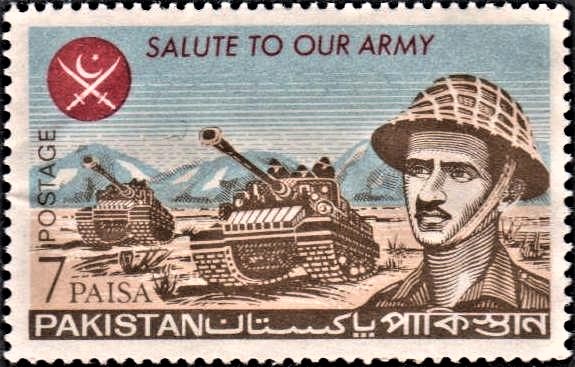
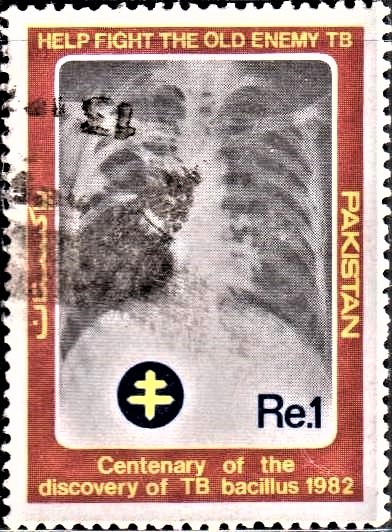
[…] to serve as a starting point for the proposed University. The College had been affiliated with the University of the Punjab and was awarding B.Sc. degrees in Electrical, Mechanical, Civil and Mining […]
[…] one-man and group exhibitions at home and abroad : at Sao Paulo at the 3rd Biennial (1953), at the Punjab University Department of Fine Arts (1956), at Pakistan Arts Council Karachi (1957), among […]
[…] Ernst Rutherford in Manchester where he interacted with Niels Bohr. He remained a member of the Punjab University senate and Syndicate for a number of […]
[…] switched to law following persuasion from his father. He earned an L.L.B. degree in 1912 from the Punjab University, Lahore and started his legal practice at Dharamsala. Soon, he shifted to Gurdaspur. It was at […]
[…] in Pilani, in the Jhunjhunu district of Rajasthan on November 11, 1918. Birla graduated from Punjab University, Lahore, in 1940. Being the son of the Late Ghanshyam Das Birla, a friend and a close associate of […]